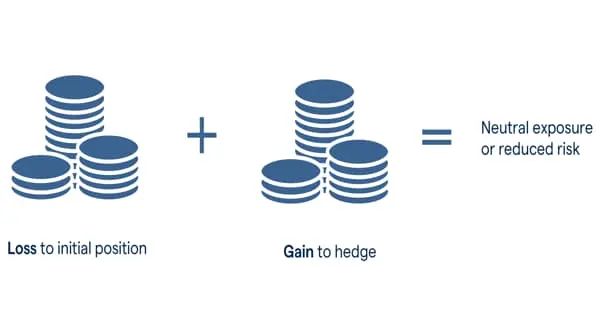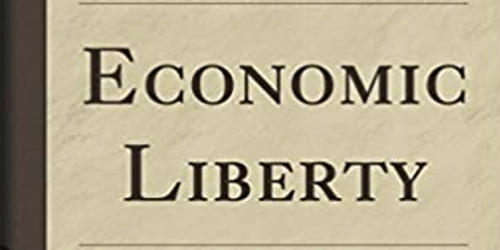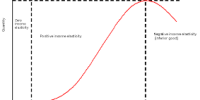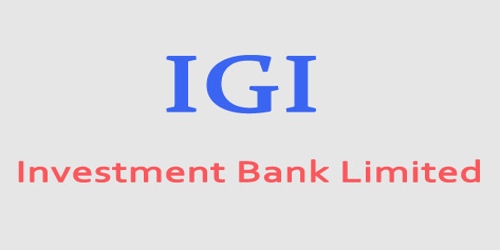An inflation hedge is an investment that is designed to protect the investor from a decrease in the purchasing power of money (hedge) (inflation). It is an investment that is thought to protect a currency’s declining purchasing power as a result of the loss of its value due to rising prices, either macroeconomically or due to inflation. Every investor is concerned about inflation. Inflation is the process by which money loses value over time. It’s why your grandparents might have mentioned buying a loaf of bread for a nickel when a loaf of bread today costs a dollar or two.
Inflation hedging can help protect an investment’s value. Certain investments may appear to provide a good return, but when inflation is taken into account, they can be sold at a loss. It usually entails investing in an asset that is expected to hold or increase in value over a set period of time. Alternatively, the hedge could entail taking a larger position in assets, which may lose value more slowly than the currency.
For example, if you invest in a stock that yields a 5% return but inflation is 6%, you will lose that 1%. Assets considered an inflation hedge may be self-fulfilling; investors flock to them, keeping their values high despite the fact that their intrinsic value is much lower.
According to the Barron’s Finance & Investment Handbook: “Gold and real estate have traditionally been regarded as good inflation hedges, though stock market growth can also offset inflation in the long run. Money market funds, which pay higher yields as interest rates rise during inflationary periods, can also be an effective inflation hedge.”
Bitcoin is sometimes referred to as a modern “digital gold” and an alternative inflation hedge to traditional gold. Silver is also thought to be a good inflation hedge. Whether right or wrong, gold is widely regarded as an inflation hedge—a dependable measure of protection against the risk of losing purchasing power. However, the precious metal may not be the best option for that purpose. Some gold investors fail to account for volatility as well as opportunity cost, while others fail to account for storage requirements and other logistical complexities associated with gold ownership.
Gold, like any other investment, fluctuates in price. Investors may have to wait for long periods of time to realize profits, and research shows that the majority of investors enter when gold is nearing a peak, implying that upside is limited and downside is more likely. Meanwhile, slow but steady Treasuries offer less excitement but more consistent income. Because of the sacrificed compound interest, the longer gold is held over Treasuries, the more painful these opportunity costs can become.
Inflation hedging has its limitations and can be volatile at times. Delta, for example, has not consistently made money from its refinery since it was purchased, limiting the effectiveness of its inflation hedge.
















